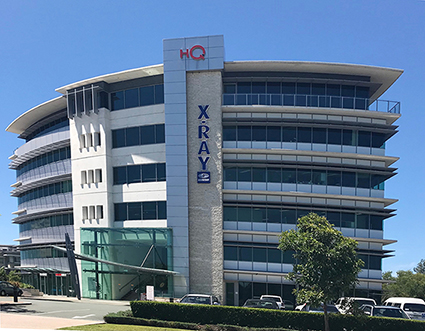Facial Fractures
The cheekbone forms part of the eye socket, protecting the eye and supporting it from below. It is also linked to the side of the nose and the upper jaw. Your surgeon will consider the number of fractures and where they have occurred before deciding that surgery is needed.
The surgery takes place under a general anaesthetic, which puts you to sleep completely. Your surgeon will put the cheekbone back in the right place, sometimes with the help of small metal plates and screws.
Often one small cut behind the hairline is enough but, sometimes, others are needed inside the mouth or eyelid. Occasionally the bones in the floor of the eye socket have been shattered and a “graft” is needed so that it can continue to support the eye. Your surgeon might use thin sheets of titanium mesh or bone grafted from other areas of the body – he will discuss this with you before the operation. Most patients spend one or two nights in hospital.
Stitches inside the mouth usually dissolve completely in a couple of weeks. Stitches outside the mouth will need to be removed after a week. Any metal plates and screws are normally left in place. As they’re made from titanium they won’t set off metal detectors in places such as the airport.
You’re likely to feel sore, particularly for the first few days, so your surgeon will organise regular painkillers. Cheekbone fractures usually heal without infection but it may be necessary to take antibiotics, particularly if a “graft” has been used. Your surgeon may also arrange for you to have antibiotics through a vein in your arm while you’re in hospital. You’ll be sent home with pain relieving medication and a course of antibiotics if necessary.
There will be some swelling and bruising around the eyelids and occasionally the whites of the eyes are bruised and look red. All of this will fade within a couple of weeks. Cold compresses and sleeping upright for the first few days after surgery can help the healing process.
It will take around six weeks for the cheekbone to heal completely. During this time you should take care to avoid further injury as this could push the cheekbone out of position again. You should also avoid blowing your nose on the side of the fracture for a month after surgery as this can produce swelling in and around the eye.
It’s important to keep any stitches or dressings outside the mouth dry until they’re removed. If you have had any incisions inside your mouth and are finding it difficult to clean your teeth around the stitches you can gently rinse your mouth with a recommended mouthwash or a flat teaspoon of kitchen salt dissolved in a cup of warm water. This should start the day after surgery.
We recommend that you take a week off work and avoiding strenuous exercise during this time. It’s important that you don’t drive or operate machinery for 48 hours after a general anaesthetic.
Your surgeon will arrange an appointment to take out any stitches before you leave hospital and will probably want to review the healing process several times over the next few months.
Your surgeon will explain all aspects of the procedure and possible outcomes before arranging for you to have surgery. You will also leave hospital with everything you need for further care. If you have any questions or concerns before or after your surgery, please contact the Oral Surgery Implant Group.

